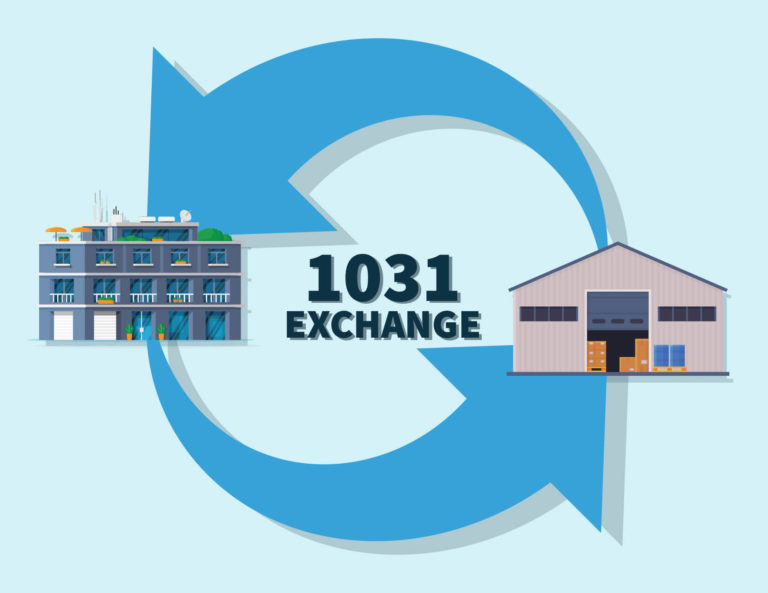
Save Tens of Thousands of Dollars When You Sell Your House: What is a 1031 Exchange?
A 1031 exchange is a tax deferral strategy that allows you legally save tens of thousands of dollars.
Also known as a “Like-Kind Exchange”, it when you sell your house and defer paying capital gains tax on the sale by investing the proceeds into another “like-kind” property.
This strategy is available to individuals, partnerships, and corporations who want to trade up to a larger, more valuable property, or who are looking to diversify their portfolio.
To understand how a 1031 exchange works, it’s important to know that when an investor sells a property, they are required to pay capital gains tax on the profit made from the sale.
The 1031 exchange allows the investor to defer paying that tax by investing the proceeds into a new property that is of equal or greater value. This process is completed within 180 days of the sale of the original property, and the investor must adhere to strict guidelines set forth by the IRS to qualify for a tax deferral.
One of the key requirements of a 1031 exchange is that the new property must be of “like-kind.” This means that the property must be similar in nature or use, such as exchanging a rental property for another rental property, or
exchanging an office building for a warehouse. The new property must also be of equal or greater value than the original property, and the investor must reinvest all of the proceeds from the sale into the new property.
Another important aspect of a 1031 exchange is the use of a Qualified Intermediary (QI). This is a third-party service provider who acts as a go-between for the investor and the transaction. The QI is responsible for holding the proceeds from the sale of the original property until the new property is acquired, and they must follow strict guidelines set forth by the IRS to ensure that the 1031 exchange is conducted properly.
There are a few different types of 1031 exchanges, including…
a Delayed Exchange, a Reverse Exchange, and a Build-to-Suit Exchange. A Delayed Exchange is the most common type, and it involves selling the original property, holding the proceeds in a QI account, and then acquiring the new property within 180 days. A Reverse Exchange is a variation of a Delayed Exchange, but it involves acquiring the new property first and then selling the original property within 180 days. A Build-to-Suit Exchange allows an investor to construct a new property and then exchange it for the original property.
One of the benefits of a 1031 exchange is that it allows the investor to defer paying capital gains tax on the sale of the original property. This can result in significant tax savings, especially for investors who are looking to trade up to a larger, more valuable property. Additionally, a 1031 exchange can help an investor diversify their portfolio, and it can also help reduce the overall tax burden for individuals, partnerships, and corporations.
There are some drawbacks to a 1031 exchange, however. For example, if the investor does not follow the strict guidelines set forth by the IRS, they may lose their tax deferral and be required to pay the capital gains tax. Additionally, a 1031 exchange is a complex transaction that requires the services of a Qualified Intermediary, which can add to the overall cost of the exchange.
In conclusion, a 1031 exchange is a tax deferral strategy that allows an investor to sell a property and defer paying capital gains tax on the sale by investing the proceeds into another “like-kind” property. This strategy can result in significant tax savings, and it can also help an investor diversify their portfolio. However, it is a complex transaction that requires the services of a Qualified Intermediary, and it is important to follow the strict guidelines set forth by the IRS to qualify
